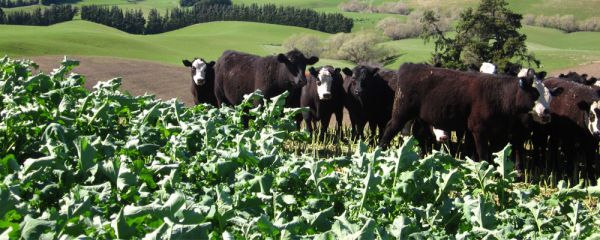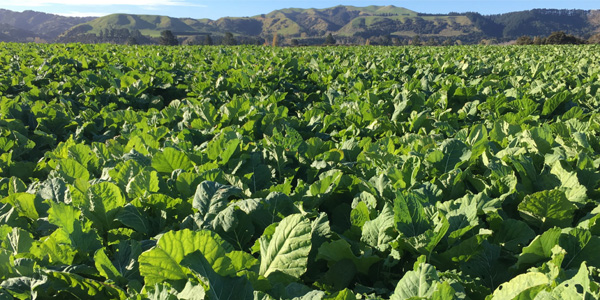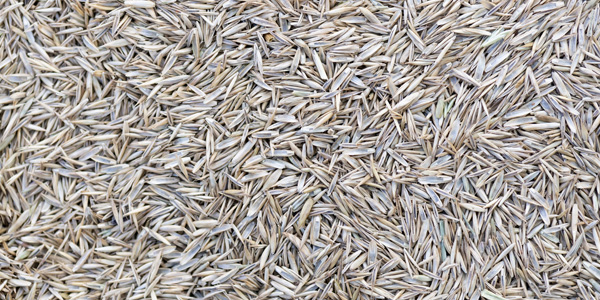
Brassica Grazing: Animal Welfare
Brassica Grazing: Animal Welfare
Brassica Grazing Management & Animal Welfare
Allocation
In many cases, where animal performance does not meet the expectation of farmers, reduced feed intake through poor allocation of feed is a common cause. Fast growing animals require high intakes and where feed is restricted high intakes are not possible. Restricted intake may occur as a result of the daily break in a strip grazing situation being too small for the number of animals or animals spending too long in a paddock in a rotationally grazed situation. Stocking rate being too high in a set stocked system can also restrict intake. Correct allocation is critical for highly productive systems. See page 84 'Quick Guide to Hunter Grazing Management'.
Feed Quality
Quality parameters of feed influences stock performance. For young growing animals adequate intakes of energy, protein, macro and trace elements are important for healthy and productive livestock. Specific requirements will depend on liveweight, pregnancy status and desired performance level (e.g. growth rate). Table 19, page 140 gives typical values for energy, protein and DM % of a range of feeds to help determine specific requirements.
Crop Utilisation
Break feeding (strip grazing) is the best practice for manipulating utilisation rates, diet quality, crop life and crop regrowth potential. Generally, as crop utilisation increases animal intake per head decreases.
Transitioning onto a Crop
Transitioning is allowing time for the rumen microbial populations to reach a new equilibrium capable of dealing with a new feed. Theoretically this process takes 21 days to be fully complete but practically the transition is well enough advanced to minimise issues by 10-14 days. The process usually entails a gradual increase in the proportion of the crop in an animal’s diet. This can be achieved by a) the time they are left on the crop each day, or b) the daily crop allocation.
The following guidelines help to limit the effect of diet change through the transition period:
- Introduce animals slowly to a crop, from an initial 2-3 hours to full allocation by 10-14 days. This allows rumen microbes to adjust and may reduce the “grazing check” effect
- Do not introduce hungry animals to the crop. Gorging may occasionally lead to bloat or nitrate poisoning problems
- Offer an alternative source of feed, pasture, hay or silage during introductory stage and throughout the grazing of the crop
- Stock performance will be improved if transitions from grass to brassica and back to grass are minimised as much as possible, e.g. use appropriate stocking rates so animals stay on brassicas for the desired time
Ensure stock have ready access to a good supply of drinking water.
Why is Fibre Important?
Brassica crops typically are highly digestible and have a high ME and protein content, but are often low in fibre. Fibre is required for efficient rumen function.
Fibre:
- Helps maintain rumen pH by encouraging saliva production through chewing
- May dilute any possible anti-nutritional plant chemicals and therefore reduce their effect on livestock
- Extends the number of grazing days on the crop, as it supplements animal intake
- Must be palatable so stock can consume it
- May be detrimental to animal performance if there is excessive use of low quality fibre
Adapted from: Drew and Fennessy, (1980) and the Lincoln University Farm Technical Manual, and Plant & Food Research Ltd data.
1 Figure adjusted to better reflect ideal harvest timing. * Drymatter content will vary depending on crop maturity, weather, and cultivar. ** NIAB Association, The Agronomist Handbook 2010/11. *** In NZ we are getting crude protein (CP) in fodder beet bulbs of between 9 and 11%.

See our Brassica range
VIEW PRODUCTS




